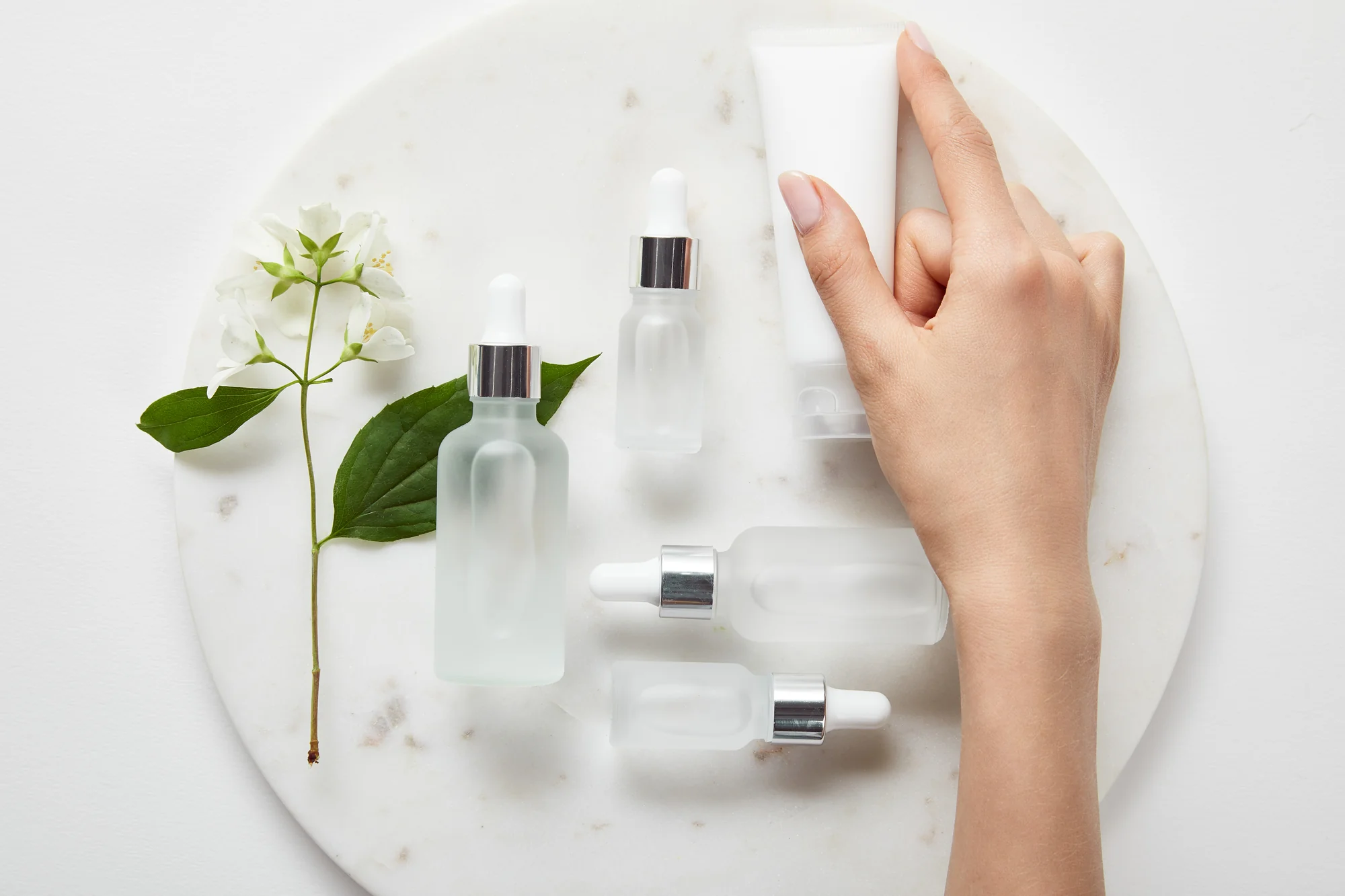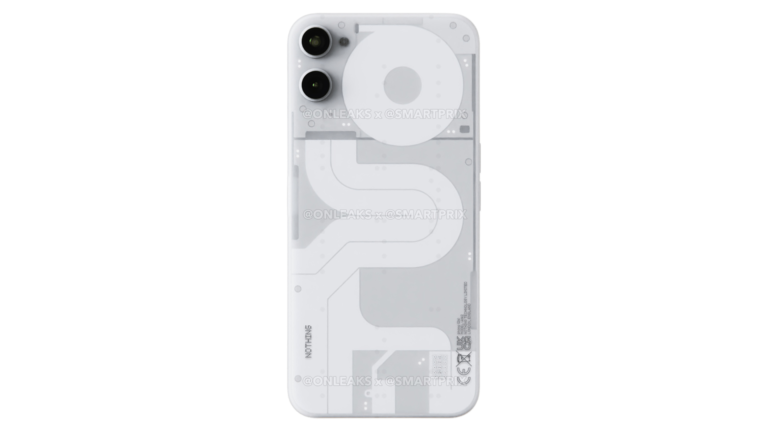Introduction to Human Skin
10 Intriguing Facts About Human Skin Wonders: Welcome, skin enthusiasts! Today, we are diving deep into the captivating world of human skin. Our skin is not just a mere covering; it is a complex organ that holds incredible wonders within its layers. From protecting us against harmful elements to showcasing our unique beauty, our skin truly deserves appreciation.
As we embark on this journey through the intricacies of human skin, prepare to be amazed by ten intriguing facts that will leave you in awe. Whether you’re fascinated by the science behind it or simply curious about how your own skin works, this blog post has something for everyone.
So grab a cup of tea and get ready to discover the astonishing secrets hidden beneath our epidermis. Let’s dive right in and uncover the mysteries of human skin together!
Table of Contents
The Different Layers of Human Skin
The human skin is a fascinating organ that serves as our body’s first line of defense against the outside world. It is composed of three layers: the epidermis, dermis, and hypodermis.
Let’s start with the outermost layer, the epidermis. This thin layer provides protection against harmful UV rays from the sun and helps regulate our body temperature. It also contains melanocytes, which produce melanin – the pigment responsible for giving our skin its color.
Beneath the epidermis lies the dermis, which is thicker and more complex. This layer houses blood vessels, nerve endings, sweat glands, and hair follicles. It also contains collagen and elastin fibers that give our skin its strength and elasticity.
We have the deepest layer called the hypodermis or subcutaneous tissue. This layer consists mainly of fat cells that provide insulation to keep us warm and act as a cushioning pad for internal organs.
Each layer plays a crucial role in maintaining healthy skin and functioning properly together. Understanding these layers can help us appreciate just how remarkable our skin truly is!
Amazing Facts About the Epidermis
The epidermis, the outermost layer of our skin, is truly remarkable. Here are some fascinating facts that will make you appreciate this incredible part of your body even more!
Did you know that the epidermis is made up of multiple layers? The top layer, called the stratum corneum, acts as a protective barrier against external factors such as bacteria and UV radiation. It’s composed of dead skin cells that help prevent water loss and keep our skin hydrated.
Another amazing fact about the epidermis is its ability to constantly renew itself. Every 28 days or so, new cells are formed at the bottom layer and gradually move towards the surface. This process ensures that we always have fresh, healthy-looking skin.
One surprising fact about the epidermis is that it plays a crucial role in regulating body temperature. When we get too hot, sweat glands in this layer produce sweat which evaporates from our skin and cools us down. On the other hand, when it’s cold outside, our blood vessels constrict to reduce heat loss.
Our epidermis also contains special cells called melanocytes which produce melanin –the pigment responsible for giving color to our hair and skin. Interestingly enough, everyone has roughly the same number of melanocytes regardless of their race or ethnicity.
An intriguing fact about the epidermis is its sensitivity to touch. Thanks to specialized nerve endings located within this layer, we can feel different textures and sensations on our skin with astonishing accuracy.
These are just a few examples showcasing how amazing our epidermis truly is! Its intricate structure and functions make it one of nature’s most wondrous creations
The Fascinating Functions of the Dermis
The dermis is the middle layer of our skin, and it plays a vital role in keeping us healthy and functioning properly. It’s like the unsung hero that quietly goes about its business without much recognition. But today, we’re going to shine a spotlight on this fascinating layer and uncover some of its incredible functions.
One of the most intriguing functions of the dermis is its ability to regulate body temperature. When we get too hot, blood vessels in the dermis dilate, allowing more blood flow near the surface of our skin. This helps release heat from our bodies through sweating. On the other hand, when we’re cold, those blood vessels constrict to minimize heat loss.
Another remarkable function of the dermis is its role in sensation. The dermal layer contains an intricate network of nerves that allow us to feel touch, pressure, pain, and temperature. Whether it’s feeling a gentle caress or sensing extreme temperatures, it’s all thanks to our amazing dermis.
Collagen production is yet another essential function performed by this remarkable layer. Collagen fibers provide strength and support to our skin structure while also helping with wound healing. Without collagen produced by the dermis, our skin would be weak and prone to damage.
Additionally, immune cells called macrophages reside within the dermis and play a crucial role in defending against infections or foreign invaders that breach our protective barrier—the epidermis—above them.
Furthermore,the presence of sweat glands within this middle layer allows for perspiration—an important mechanism for cooling down—and eliminating waste products from our bodies.
In conclusion,
the dermatisn’t just there for show; it has many crucial roles that contribute directly or indirectlytoour overall healthand well-being.
So next time you admire someone’s flawless complexion or marvel at how your skin heals so quickly after an injury,give credit where credit is due:to the fascinating functions amine volved derm.
Uncovering the Mysteries of the Hypodermis
The hypodermis, also known as the subcutaneous tissue, is the innermost layer of our skin. While it may not be as well-known or talked about as the epidermis and dermis, it plays a crucial role in maintaining our overall health and well-being.
One intriguing fact about the hypodermis is that it consists mainly of fat cells, which act as insulation to help regulate body temperature. These fat cells also serve as energy storage for our bodies, providing a reserve source of fuel when needed.
Another fascinating aspect of the hypodermis is its ability to absorb shock and protect underlying structures such as bones and organs. This layer acts like a cushion, absorbing impact from daily activities and preventing injury.
But perhaps one of the most mysterious aspects of the hypodermis is its role in aging. As we age, this layer becomes thinner, leading to sagging skin and wrinkles. The exact mechanisms behind this process are still not fully understood by scientists today.
In addition to these functions, studies have suggested that adipose tissue found in the hypodermis may have important metabolic functions and play a role in hormone regulation.
While often overlooked compared to other layers of our skin, the mysteries surrounding the hypodermis continue to intrigue scientists with their potential implications for human health. Only through further research will we truly uncover all there is to know about this enigmatic layer beneath our skin’s surface.
How Skin Changes with Age
As we age, our skin undergoes various changes that are both natural and inevitable. These changes occur due to a combination of factors such as genetics, environmental exposure, and hormonal fluctuations. Understanding how our skin evolves over time can help us better care for it and maintain its health and vitality.
One of the most noticeable changes in aging skin is the loss of elasticity. As we get older, collagen production decreases, causing the skin to become less firm and more prone to sagging. This can lead to wrinkles, fine lines, and a general loss of youthful appearance.
Additionally, the rate at which our skin renews itself slows down with age. This means that dead skin cells take longer to shed off, resulting in a duller complexion. Regular exfoliation becomes even more important to remove these build-ups and reveal fresher-looking skin underneath.
Another common sign of aging is the development of age spots or hyperpigmentation. These dark patches appear due to an increase in melanin production as a result of sun damage accumulated over years.
Furthermore, as we age, blood vessels beneath the surface of the skin may become more visible. This can give rise to spider veins or broken capillaries on areas like the face or legs.
Lastly but importantly , increased dryness is also commonly observed in aging skin . The lipid barrier that helps retain moisture weakens over time , leading parched , dehydrated looking complexions .
Understanding how our own unique biology interacts with external factors can help us navigate through these changes effectively . By adopting proper skincare routines tailored for matured skins – including regular use sunscreen , moisturizers rich in hyaluronic acid & antioxidants – we can keep our complexions looking radiant & healthy at any stage along life’s journey
Surprising Ways Our Skin Protects Us
Our skin is an incredible organ that does much more than just make us look good. In fact, it plays a vital role in protecting our bodies from harm in some surprising ways.
One of the most obvious ways our skin protects us is by acting as a barrier against harmful substances and microorganisms. The outer layer of our skin, known as the epidermis, acts as a tough shield that prevents bacteria and viruses from entering our bodies. It also helps to keep moisture in and toxins out.
But did you know that our skin can also protect us from the sun’s harmful rays? The pigment melanin, which gives our skin its color, actually helps to absorb UV radiation and prevent it from damaging our DNA. This natural defense mechanism reduces the risk of sunburns and long-term damage such as wrinkles and even cancer.
Another fascinating way our skin protects us is through its ability to heal itself. When we get a cut or scrape, special cells called platelets rush to the scene to form a clot and stop any bleeding. Then, new cells are produced to replace those that were damaged. This process helps to repair damaged tissue and prevent infection.
Our sweat glands also play a role in protecting us by cooling down our bodies when we get too hot. When we exercise or are exposed to high temperatures, these glands produce sweat which evaporates off of our skin’s surface, taking heat with it and helping regulate body temperature.
In addition to all these amazing protective functions, another interesting way that our skin guards against danger is through touch sensation. Our nerve endings are located close to the surface of the dermis layer of our skin and allow us to feel pain or discomfort so that we can remove ourselves from potentially harmful situations.
As you can see, there are many surprising ways that human skin works tirelessly behind-the-scenes to ensure our overall well-being. So next time you admire your smooth complexion or marvel at your tan lines after a day in the sun, take a moment to appreciate the incredible protection that your
The Role of Melanin in Skin Color
Our skin color is determined by a pigment called melanin. This incredible substance is produced by special cells called melanocytes, which are found in the epidermis, the outermost layer of our skin.
Melanin comes in two main types: eumelanin and pheomelanin. Eumelanin gives our skin a darker hue, while pheomelanin produces lighter shades. The amount and type of melanin we have vary from person to person, resulting in the wide range of skin tones we see around us.
But why do we have different amounts and types of melanin? It all boils down to genetics and evolution. Our ancestors adapted to their environment over thousands of years, leading to the development of specific levels of melanin that provided protection against harmful ultraviolet (UV) radiation from the sun.
Darker-skinned individuals tend to have higher levels of eumelanin, which provides better natural protection against UV rays. On the other hand, lighter-skinned people produce more pheomelanin but have less natural protection against UV radiation.
It’s worth noting that everyone has some level of natural SPF due to their unique amount and type of melanin production. However, this does not mean that wearing sunscreen isn’t necessary for proper sun protection!
In addition to determining our skin color, melanocytes also play a crucial role in protecting our DNA from damage caused by UV radiation. When exposed to sunlight or other sources of UV rays like tanning beds, these amazing cells spring into action by producing more melanin as a defense mechanism.
So next time you admire someone’s beautiful complexion or wonder why your own skin changes with sun exposure – remember that it’s all thanks to the remarkable role played by melanocytes and their pigment-producing abilities!
Fun Facts About Hair, Nails, and Sweat Glands
Hair, nails, and sweat glands are some of the unsung heroes of our body. They may seem small in comparison to other organs, but they play a vital role in maintaining our overall health and well-being. Let’s dive into some fascinating facts about these often overlooked parts of our body.
Did you know that the average person has around 100,000 hair follicles on their scalp alone? Each hair strand goes through a cycle of growth and rest, which is why it’s normal to lose a certain amount of hair every day. And here’s an interesting tidbit: blondes have more hairs on their head than brunettes or redheads!
Nails may seem like nothing more than a fashion accessory or something we use for scratching, but they actually serve as protective shields for our fingertips. Believe it or not, nails grow faster during the summer months compared to winter! So if you’re looking to grow your nails long for that special occasion, try doing it during warmer weather.
Now let’s talk about sweat glands. We tend to associate sweating with unpleasant odors and feeling uncomfortable, but did you know that sweat is actually odorless? It’s the bacteria on our skin that break down sweat into compounds that produce those less-than-pleasant smells. Also worth mentioning is the fact that men generally have more active sweat glands than women – so gentlemen might find themselves perspiring more easily.
These fun facts remind us just how intricate and amazing our bodies truly are. From the tiniest hair follicle to the hard-working nail beds and efficient sweat glands – each part contributes its own unique function to help keep us healthy and protected. So next time you catch yourself admiring someone’s luscious locks or perfectly manicured nails,
take a moment to appreciate all these little wonders happening right under your skin!
Conclusion: 10 Intriguing Facts About Human Skin Wonders
After exploring these intriguing facts about human skin, it’s clear that our largest organ is a true marvel. From its complex structure to its remarkable functions, human skin plays a vital role in protecting and preserving our bodies.
We’ve learned about the different layers of the epidermis, dermis, and hypodermis, each with their unique properties and responsibilities. The epidermis acts as a protective barrier against harmful substances and UV radiation. It constantly renews itself by shedding dead cells and replacing them with new ones.
The dermis is responsible for supporting the epidermis and providing strength and elasticity to our skin. It houses hair follicles, sweat glands, blood vessels, nerve endings, and collagen fibers that give us sensation, temperature regulation, nourishment, oxygenation,and hydration.
Beneath the dermis lies the hypodermis or subcutaneous tissue that provides insulation from heat loss while also storing fat reserves for energy purposes.
As we age,some changes occur in our skin such as wrinkles,fine lines,dryness,and thinning due to decreased collagen production,but understanding these processes can help us take better care of our skin at every stage of life.
One fascinating aspect of human skin is its ability to protect us from harmful external factors like bacteria,viruses,and environmental toxins through physical barriers,such as tight junctions between cells,mucus membranes on exposed surfaces,and antimicrobial peptides produced by specialized immune cells found within it.
Skin also secretes sebum,oils,and enzymes which create an acidic pH environment unfavorable for pathogenic organisms growth.
Therefore,it’s crucial to maintain proper skincare routines,to safeguard this incredible defense system.
Another captivating fact relates to melanin,the pigment responsible for determining our skin color.
Melanin not only gives variety but also protects against harmful UV rays.
It absorbs ultraviolet light,reducing potential damage caused by prolonged sun exposure.
Beyond its protective functions, human skin is home to other intriguing features like hair







